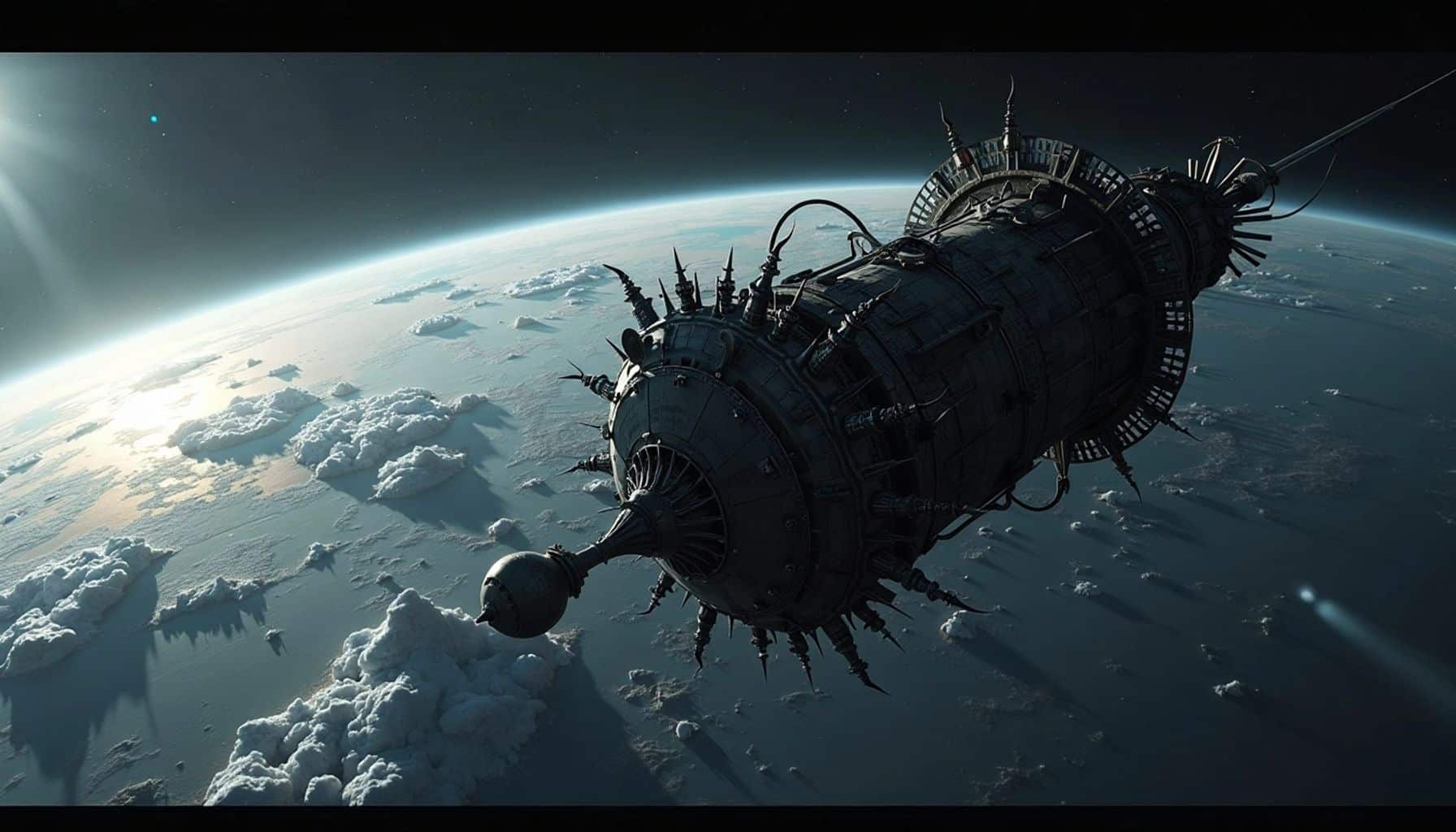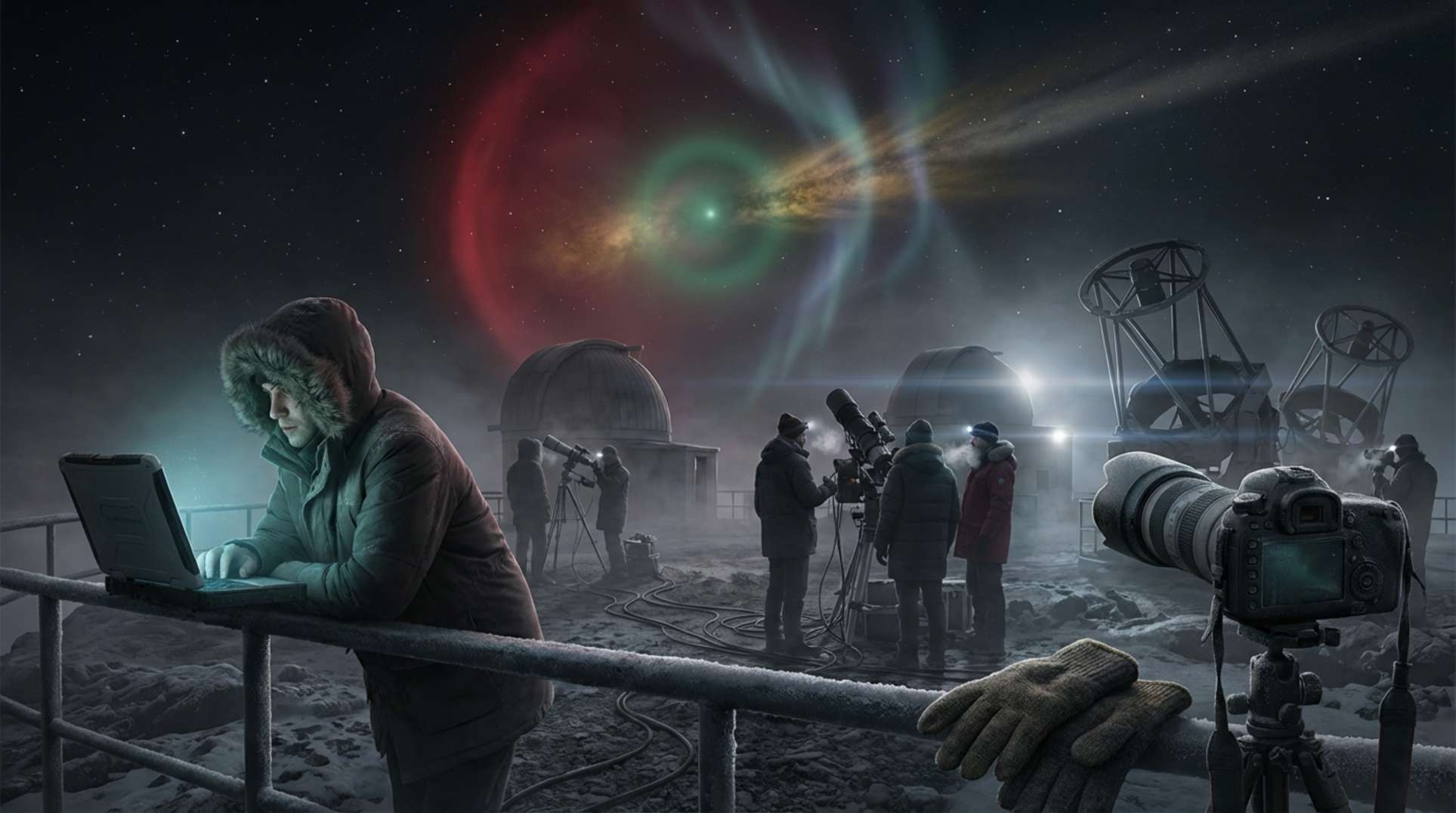In a captivating exploration of the cosmos, we delve into the mysteries surrounding Saturn and its rings, as well as the intriguing findings from the asteroid Itokawa. This article uncovers claims of extraterrestrial objects and the implications of their existence.
Key Takeaways
- Saturn’s rings may harbor extraterrestrial objects.
- The asteroid Itokawa has an unusual object resembling a satellite.
- The interstellar object ‘Oumuamua’ raises questions about alien civilizations.
- Historical figures in rocketry hinted at extraterrestrial assistance.
The Beauty Of Saturn
Saturn is undoubtedly one of the most spectacular planets in our solar system. Its rings, while not unique, are the most visible and stunning. Other planets like Jupiter have rings, but they are too faint to observe without powerful telescopes.
In 1981, Voyager spotted a polar storm on Saturn, characterized by winds swirling in a hexagonal shape. This peculiar storm was later confirmed by the Cassini flyby in 2006. However, Saturn’s rings are not merely composed of ice blocks; they may also conceal extraterrestrial objects.
Claims Of Extraterrestrial Objects
Ex-NASA employees have made claims about objects of extraterrestrial origin within Saturn’s orbit. Some assert that these objects are sending peculiar radio signals to Earth. This notion opens up a world of possibilities regarding what secrets Saturn may be hiding.
The Mystery Of Itokawa
Since its launch on March 9, 2003, the Hayabusa probe has traveled over 2 billion kilometers to reach the asteroid Itokawa (25143 Itokawa). During its journey, it captured images revealing an unusual object on the asteroid’s surface. This object resembles a satellite, complete with three distinct legs or antennae.
- Itokawa is a Mars-crossing asteroid and was the first target of a sample return mission.
- Discovered in 1998, it was named after Hideo Itokawa, a Japanese rocket scientist.
The object on Itokawa raises questions: Could it be an alien satellite? Did the asteroid narrowly avoid a collision with an extraterrestrial craft? The symmetrical design of the object suggests it is not a natural formation, making it a compelling anomaly.
The Interstellar Visitor: Oumuamua
In 2017, the interstellar object known as Oumuamua passed through our solar system, sparking debates about its origins. Discovered by Robert Weryk using the Pan-STARRS telescope, Oumuamua is recognized as the first known interstellar object detected in our solar system.
Avi Loeb, a Harvard professor, proposed that Oumuamua could be a probe sent by an alien civilization. His controversial paper ignited discussions about the possibility of extraterrestrial life. While many scientists believe Oumuamua is a comet, Loeb’s hypothesis suggests it could be something more.
Historical Context: Extraterrestrial Assistance?
Dr. Hermann Oberth, a pioneer in rocketry, once stated that humanity’s advancements in science were aided by “people of other worlds.” This statement raises intriguing questions about the potential for contact with extraterrestrial beings.
Werner Von Braun, another key figure in space exploration, echoed similar sentiments, hinting at the existence of powers beyond our understanding. These historical references suggest that the idea of extraterrestrial assistance is not new.
Operation High Jump And The Antarctic Mysteries
Operation High Jump, led by Admiral Richard E. Byrd, is shrouded in mystery. Some researchers claim Byrd encountered advanced aerial technology during this operation, which remains classified. The connection between Byrd’s experiences and the claims of extraterrestrial contact is compelling.
Conclusion
The mysteries of Saturn, Itokawa, and Oumuamua challenge our understanding of the universe. Are we alone, or have we been observed by advanced civilizations? The implications of these findings are profound, and as we continue to explore, we may uncover truths that reshape our understanding of life beyond Earth.
As we look to the stars, we must remain open to the possibilities that lie beyond our current knowledge. The quest for understanding our place in the cosmos continues, and who knows what we might discover next?




